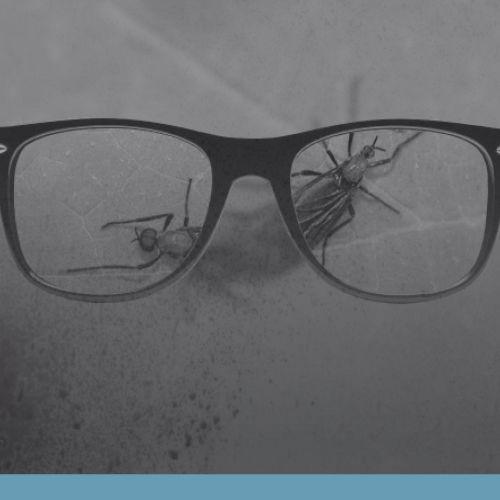
A Dream Come True
August 31, 2017Teach Your Children Well: Basic Financial Education
August 31, 2017Of all the stories my grandpa told me, there’s one story that I remember every year at this particular time. It’s the story of him and his family and their evacuation from Leeville during the great hurricane of 1915.
The 1915 hurricane struck the Louisiana coast near Grand Isle at the end of September. It blew winds of 145 miles per hour and pushed a floodtide of 14 feet over Leeville, where a 10-year-old Papère lived with his parents and siblings. Newspapers tell that all but one of the 100 homes at Leeville were demolished in the storm’s wake. Papère’s was not the one.
As the tide was rising and the village flooding, Papère’s family loaded onto a boat and headed up-the-bayou to high ground at Golden Meadow, as did most village families during the storm’s approach. During the evacuation, some gust of wind or some rising wave jostled Papère’s infant brother from their mother’s arms into the floodwaters. Papère promptly jumped into the water to rescue the baby, loading him back into the boat before struggling to climb back aboard himself. As fate would have it, all were finally transported north to safety.
I am remembering this story in September 2017 as the theaters around the world show the movie, “Dunkirk.” Set during the Battle of France in 1940, the movie tells the true story of the evacuation of British and French soldiers as they evaded Nazi German advance by retreating to the beaches of Dunkirk, France. Winston Churchill ordered all ships and boats to rescue these men from the beaches and waters of the English Channel and take them to safety. And they did, saving nearly 350,000 men.
There are lots of historical similarities between here and there in Dunkirk. Early Dunkirk was a coastal fishing village, just as the early villages in coastal Louisiana where many of our ancestors lived. People spoke French in early Dunkirk, and, though certainly a different dialect, so did most people in early coastal Louisiana. The name “Dunkirk” is Flemish for “dune-church” or “church upon the dunes,” and it would not be unreasonable to build churches in coastal villages on such high ground, just as Notre Dame de Lourdes atop the chênière plain in nineteenth century Cheniere Caminada, or Our Lady of Prompt Succor on the oak ridge of Golden Meadow. And of course, the people for whom these churches were built owned boats—boats to travel, boats to live on, boats to ply the fishing trade and, as it turned out, boats to rescue people in need and save lives.
A similar call to save lives is answered by the modern-day Cajun Navy. A flotilla of hundreds of volunteer boats reached New Orleans in the aftermath of Hurricane Katrina in 2005. And, during the torrential rainstorm of August 2016, it’s estimated that volunteer Cajun boatsmen rescued 20,000 people.
With the wide availability of small cameras following World War II, my parents began taking pictures of the aftermath of hurricanes and other storms. My favorite family photo of this kind shows small flotilla of pirogues and skiffs in the flooding south of Golden Meadow that followed Hurricane Betsy in September 1965. In the background, there are downed creosote posts and tangled power lines that outline where Highway One lay beneath. Packed onto one skiff are two men, two women, and a bunch of small children, together with two dogs, a yard goat, and what looks like a bushel of crabs. Certainly, the historic origins of today’s Cajun Navy can be found in such photos, as well as Papère’s 1915 story.
The vision of families of 1915 and 1965 evacuating in their small boats, together with similar memories of hurricanes and other high tides from my own childhood in Golden Meadow, are profound memories. As I watched “Dunkirk” last month and saw the dramatization of thousands of boats emerging from both sides of the English Channel in the service of saving human lives, I couldn’t help feeling an ancestral kinship with those rescued men. As many readers born and raised in PoV country, I am alive today because my ancestors were fishermen—boatsmen—who long ago answered the call to rescue people in need and save lives in early coastal Louisiana. And that’s a movie that deserves to be made.







